
Hollywood, a name synonymous with the shimmering dreams of the U.S. film industry, is far more than just Tinseltown’s glittering facade. Beneath the surface of cinematic allure lies a rich tapestry of architectural grandeur and meticulously crafted spaces, each telling a story of ambition, design, and the relentless pursuit of aspiration. This neighborhood, nestled in the central region of Los Angeles County, has cultivated an identity deeply intertwined with luxury, innovation, and an exquisite aesthetic that continues to captivate the world.
From its foundational years, when visionaries like H.J. Whitley shaped its landscape, Hollywood has been a canvas for remarkable architectural achievements and historical landmarks. These structures, whether grand estates, iconic hotels, or innovative studio complexes, are not merely buildings; they are testaments to a lifestyle that embodies high-end living and exquisite design. They reflect a commitment to bespoke elements and artistic vision, often highlighting the work of acclaimed architects and developers who sculpted the very essence of this fabled district.
Join us on an exclusive journey as we delve into the intricate details of Hollywood’s most significant architectural marvels and elite enclaves. This curated collection offers a deeper understanding of the luxury market and design trends that have consistently shaped Hollywood’s unique character, revealing how these spaces have influenced and reflected the unique lifestyle of those associated with the dream factory. Each destination offers a glimpse into the lavish aesthetics that define the heart of this iconic locale.
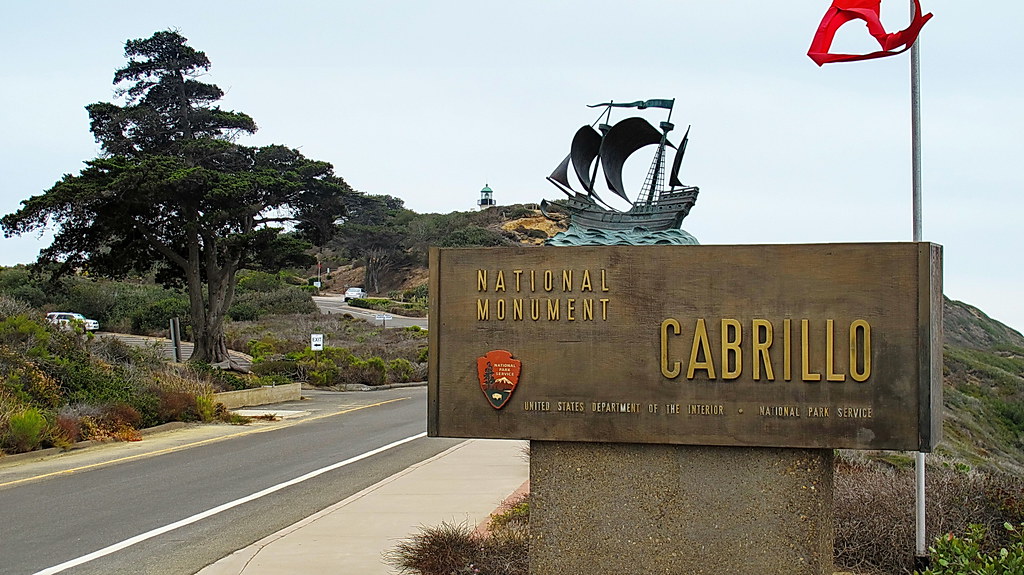
1. **El Cabrillo: A Glimpse into Spanish Colonial Revival Grandeur**Standing as a testament to the architectural vision that shaped early Hollywood, El Cabrillo is a historic Spanish Colonial Revival landmark built in 1928. This exquisite structure offers a tangible connection to an era when Hollywood was rapidly expanding, attracting creative minds and discerning residents alike. Its construction was notably linked to Cecil B. DeMille, a figure whose name is etched into the very foundation of American cinema, further cementing its place in the annals of Hollywood lore.
Spanish Colonial Revival architecture, characterized by its ornate detailing, stucco walls, red-tiled roofs, and arched doorways, evokes a timeless elegance perfectly suited to the California landscape. El Cabrillo would have presented a visually striking presence, blending harmoniously with the burgeoning sophisticated aesthetic of the neighborhood. The design philosophy behind such a landmark emphasized not just shelter, but a lifestyle of grace and old-world charm, appealing to those seeking an elevated living experience.
This landmark represents an integral part of Hollywood’s architectural heritage, a period when developers and artists collaborated to create spaces that were both functional and profoundly beautiful. The commitment to such a distinct and luxurious style in the late 1920s underscored Hollywood’s rapid ascent as a hub for high-end living and artistic expression, making El Cabrillo a significant piece of its enduring legacy of design excellence.

2. **Villa Las Colinas: Mission Revival Elegance from an Early Visionary**Another foundational piece of Hollywood’s architectural mosaic is Villa Las Colinas, a historic Mission Revival estate built in 1922 by the prominent developer Charles E. Toberman. Toberman, often referred to as the “Father of Hollywood Boulevard,” played a crucial role in shaping the district’s urban fabric, and his own estate served as a beacon of the era’s sophisticated design sensibilities. This estate exemplifies the careful planning and artistic vision that defined Hollywood’s initial development as a desirable residential area.
Mission Revival style, with its distinctive bell curves, smooth stucco, and deep eaves, draws inspiration from the historic California missions, reinterpreting them with a touch of modern luxury. Villa Las Colinas would have featured expansive grounds and meticulously crafted interiors, reflecting an appreciation for both historical authenticity and contemporary comfort. The design choices would have emphasized spaciousness and a seamless integration with the Californian climate, providing an idyllic retreat for its residents.
As an early and significant estate, Villa Las Colinas contributed significantly to the image of Hollywood as a place of refined living and aspirational architecture. It showcased the kind of bespoke elements and detailed craftsmanship that became hallmarks of the district’s high-end properties. The estate remains a testament to Charles E. Toberman’s enduring influence on Hollywood’s aesthetic, reminding us of the visionary individuals who laid the groundwork for its lasting allure.
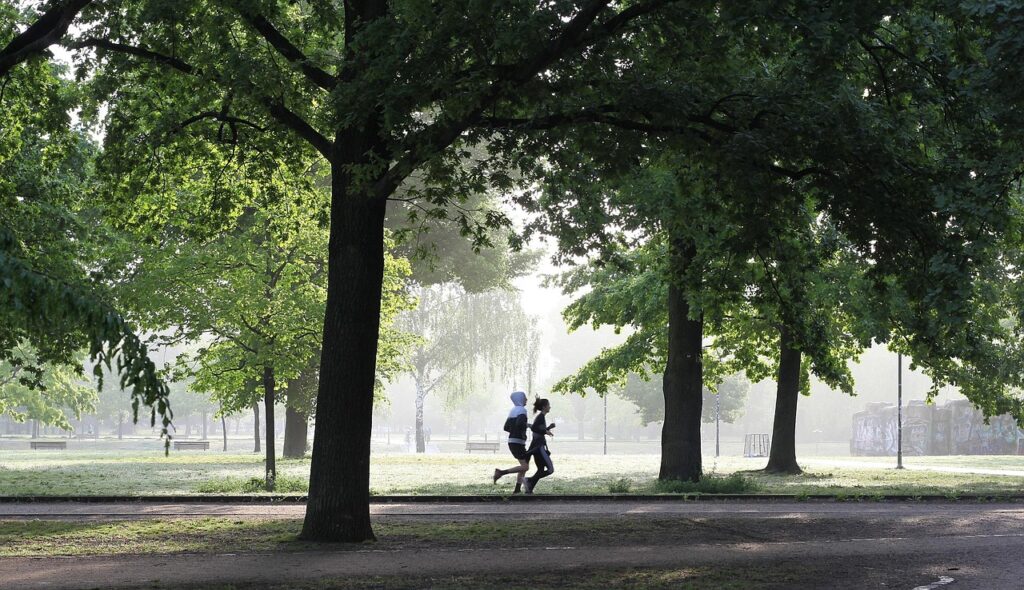
3. **The Legendary Hollywood Hotel: A Social Epicenter for Early Movie Stars**The Hollywood Hotel, opened in 1902 by H. J. Whitley, the very president of the Los Pacific Boulevard and Development Company, was more than just an accommodation; it was a cornerstone of Hollywood’s social and civic life. Whitley, a real estate developer who did much to promote the area, built this grand establishment specifically to attract land buyers, strategically placing it to flank the west side of Highland Avenue and front Prospect Avenue, which would later become the iconic Hollywood Boulevard.
Despite the road still being “dusty” and “unpaved” in its early days, the Hollywood Hotel quickly ascended to international renown. It became the undisputed “center of the civic and social life and home of movie stars for many years,” fostering an environment where the nascent film industry’s luminaries gathered and resided. Its lavish interiors and vibrant atmosphere defined the early glamour of Hollywood, providing a sophisticated backdrop for both business and leisure.
The hotel’s strategic location along what was to become Hollywood Boulevard underscored Whitley’s foresight in urban planning. While the original structure no longer stands, its legacy as a cultural touchstone endures, with the Dolby Theatre and Hollywood & Highland Center mall now occupying the site. The Hollywood Hotel set the standard for aspirational living and social elegance in Hollywood, a place where the elite of a blossoming industry could truly feel at home.

4. **Whitley Heights: Hollywood’s First Enclave for the Celebrated**Developed in 1918 by the influential H. J. Whitley, the same visionary behind the Hollywood Hotel, Whitley Heights represents a groundbreaking achievement in residential design: it became “the first celebrity community” in Hollywood. Whitley, recognizing the unique needs and aspirations of the rising entertainment class, commissioned architect A. S. Barnes to meticulously design this area as a “Mediterranean-style village” on the picturesque hills above Hollywood Boulevard.
The design ethos of Whitley Heights was predicated on creating an exclusive, aesthetically cohesive environment. The Mediterranean Revival style, with its inherent elegance, terracotta accents, and lush landscaping, offered a sense of old-world charm and luxury that was highly appealing. This thoughtful planning provided residents with not just homes, but a curated lifestyle, fostering a sense of community among Hollywood’s burgeoning elite and setting a precedent for aspirational residential developments.
As the first enclave specifically tailored for celebrities, Whitley Heights instantly became a symbol of status and refined living. It offered privacy, stunning views, and an architectural coherence that distinguished it from other areas. The development of Whitley Heights cemented Hollywood’s reputation not just as a center for film production, but as a premier location for high-end residential living, where design and lifestyle converged to create an unparalleled sense of grandeur.
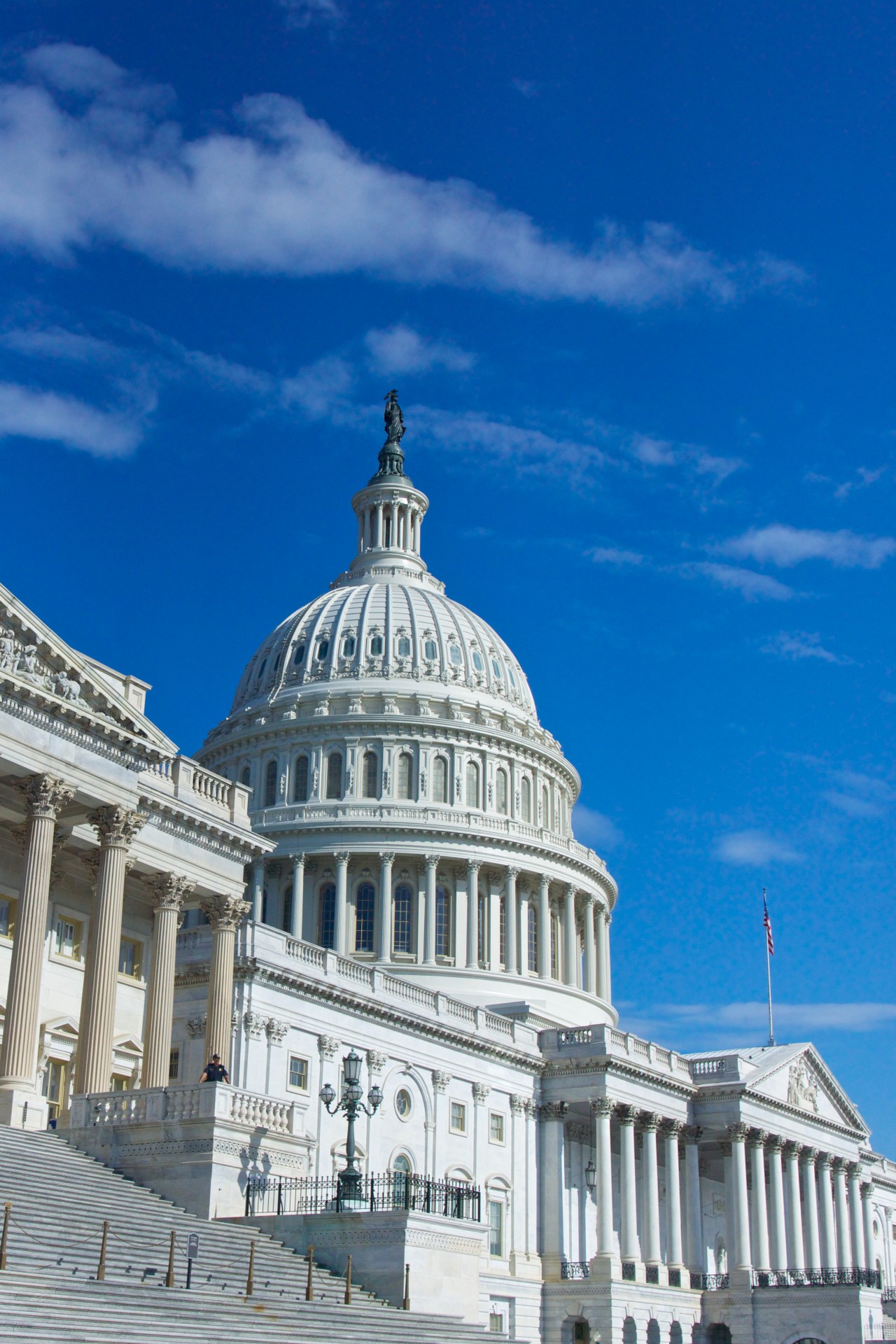
5. **Capitol Records Building: An Icon of Mid-Century Modernism and Entertainment**Rising majestically on Vine Street, just north of Hollywood Boulevard, the Capitol Records Building, constructed in 1956, stands as an unmistakable icon of mid-century modern architecture and a symbol of Hollywood’s profound connection to the music industry. Its distinctive silhouette, often likened to a stack of records, immediately captures attention, embodying a bold and innovative design philosophy characteristic of its era. This building is a visual landmark that speaks volumes about the creative spirit of Hollywood.
More than just a striking architectural achievement, the Capitol Records Building has been a crucible for musical genius. It has witnessed countless legendary recordings and played a pivotal role in shaping the sound of popular music for decades. Its presence on Vine Street, a historically significant thoroughfare, underscores its central importance to the entertainment landscape, drawing a direct line from Hollywood’s filmic roots to its expansive musical heritage.
The building’s elite status is further underscored by its association with the Hollywood Walk of Fame. Fittingly, right at the Capitol Records Building on Vine, one can discover the stars belonging to music titans such as “each of the Beatles, plus Buddy Holly, Roy Orbison and Neil Diamond.” This unique intersection of architecture, music, and celebrity enshrines the Capitol Records Building as an enduring monument to Hollywood’s illustrious creative elite, celebrating their indelible contributions to global culture.
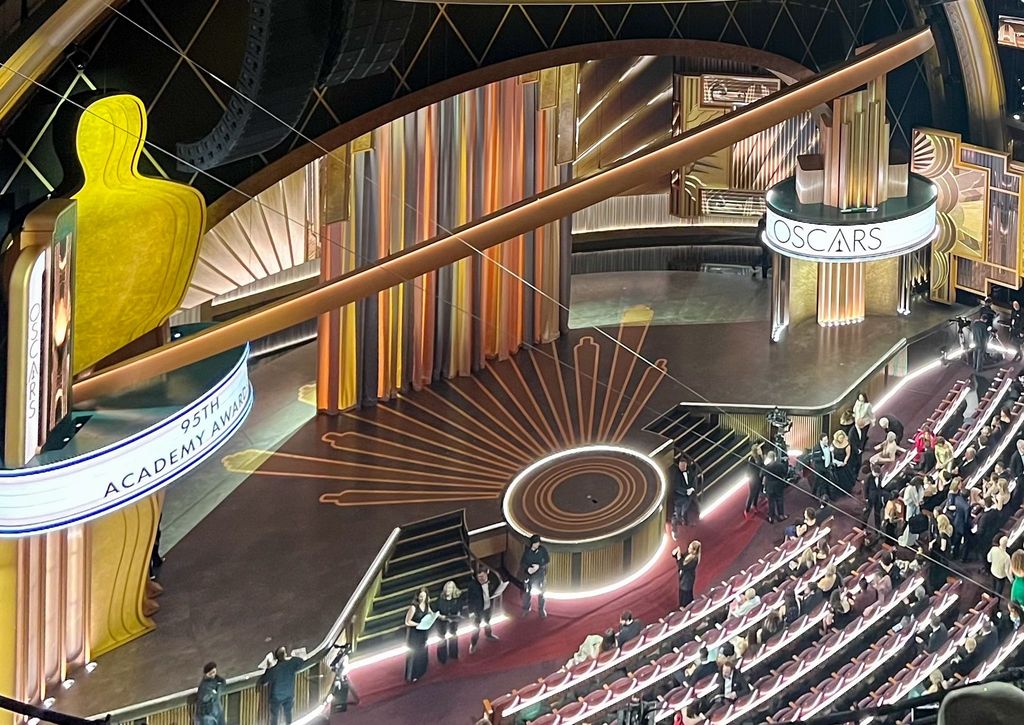
6. **Dolby Theatre: The Grand Stage for Cinema’s Most Prestigious Night**The Dolby Theatre, which first opened in 2001 as the Kodak Theatre within the Hollywood & Highland Center mall, has become the undeniable contemporary heart of Hollywood’s global glamour. This magnificent venue serves as the annual site for the Academy Awards programs, a spectacle that celebrates cinematic excellence and captures the world’s attention. Its existence is a powerful testament to Hollywood’s enduring reign as the capital of the film industry.
Designed to host events of monumental scale and prestige, the Dolby Theatre embodies a sophisticated blend of modern design and functional elegance. Every year, its stage becomes the focal point for the elite of the entertainment world, from legendary actors and directors to celebrated screenwriters and musicians. The grandeur of the space perfectly complements the gravitas and excitement of cinema’s most important night, projecting an image of unparalleled luxury and aspiration.
Notably, the Hollywood & Highland Center mall, where the Dolby Theatre is situated, occupies the very ground where the historic Hollywood Hotel once stood. This continuum highlights Hollywood’s remarkable ability to evolve while retaining its core identity as a hub for cultural milestones. The Dolby Theatre not only serves as a beacon of cinematic achievement but also as a symbol of Hollywood’s relentless pursuit of grandeur and its unwavering commitment to showcasing the pinnacle of artistic expression.
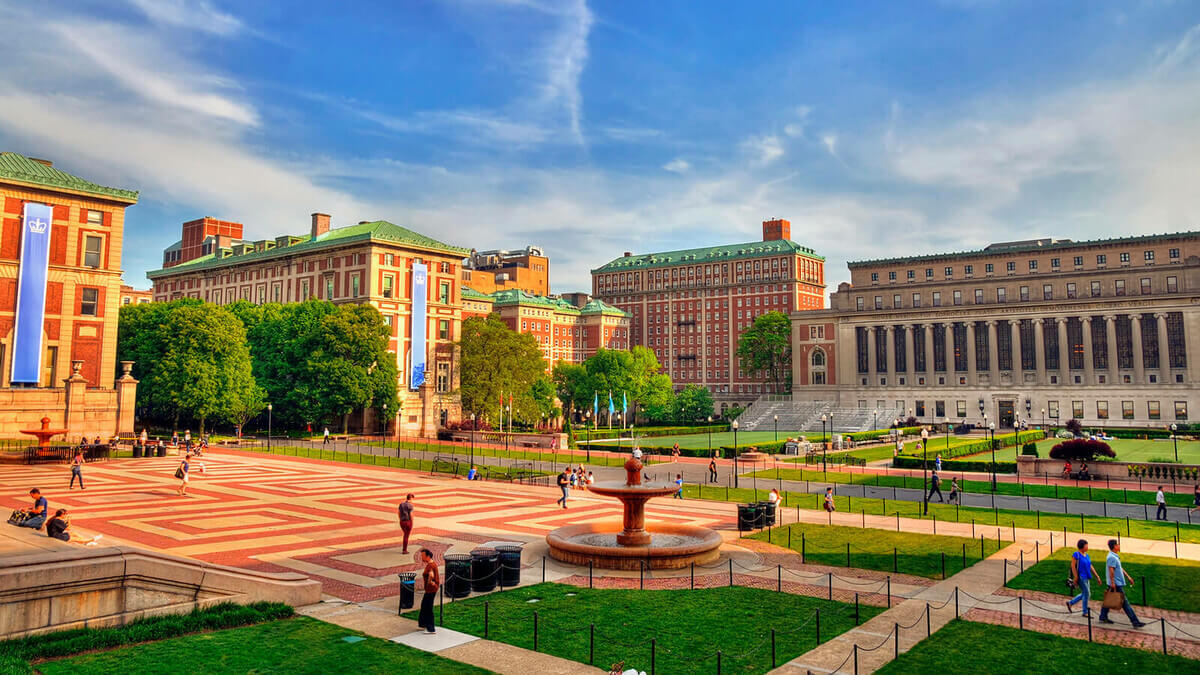
7. **Columbia Square: An Art Deco Masterpiece Reimagined for the Digital Age**Perched at the northwest corner of Sunset Boulevard and Gower Street, Columbia Square is an Art Deco-style studio complex completed in 1938, a true gem of Hollywood’s rich architectural past. This magnificent structure, with its distinctive geometric patterns and luxurious materials, once served as the bustling Hollywood headquarters for CBS. Its design speaks to an era of classic Hollywood, embodying the elegance and ambition of a burgeoning broadcast industry.
Over the decades, Columbia Square has undergone a remarkable transformation, becoming a vibrant symbol of Hollywood’s ongoing rebirth. In 2014, it was magnificently reimagined as part of a $420 million office, residential, and retail complex. This ambitious revitalization project breathed new life into the historic edifice, attracting a new generation of broadcasters and creative enterprises. It now houses the consolidated offices for prominent cable television networks such as MTV, Comedy Central, BET, and Spike TV, seamlessly blending its illustrious past with a dynamic future.
Columbia Square’s evolution from a traditional broadcast hub to a modern multi-use complex highlights Hollywood’s adaptive spirit and its continuous reinvention as an elite creative center. The meticulous preservation of its Art Deco charm, coupled with contemporary functionality, makes it an aspirational example of urban renewal. It stands as a testament to how iconic architecture can be respectfully integrated into high-end, modern living and working spaces, ensuring its legacy endures for generations to come.

8. **The Hollywood Sign: A Beacon Overlooking the Dream Factory**Perched majestically in the Hollywood Hills, the iconic Hollywood Sign is instantly recognizable worldwide, synonymous with the American film industry. Erected in 1923, this installation began as “HOLLYWOODLAND,” advertising a new housing development by Woodruff’s and Shoults. Its prominent placement hinted at early Hollywood’s grand ambitions.
The sign’s transformation mirrors Hollywood’s evolution. In 1949, the Hollywood Chamber of Commerce, in agreement with Los Angeles, undertook repairs. A crucial change: removal of the “LAND” section, cementing its new identity as a universal reference to the district itself.
Today, the Hollywood Sign serves as a visual landmark, encapsulating Hollywood’s narrative where dreams are manufactured. Its presence, a watchful guardian, speaks volumes about “Tinseltown” and the “dream factory” it represents. Refurbished in 1978, it remains a powerful testament to the district’s indelible mark on popular culture, offering breathtaking perspectives.
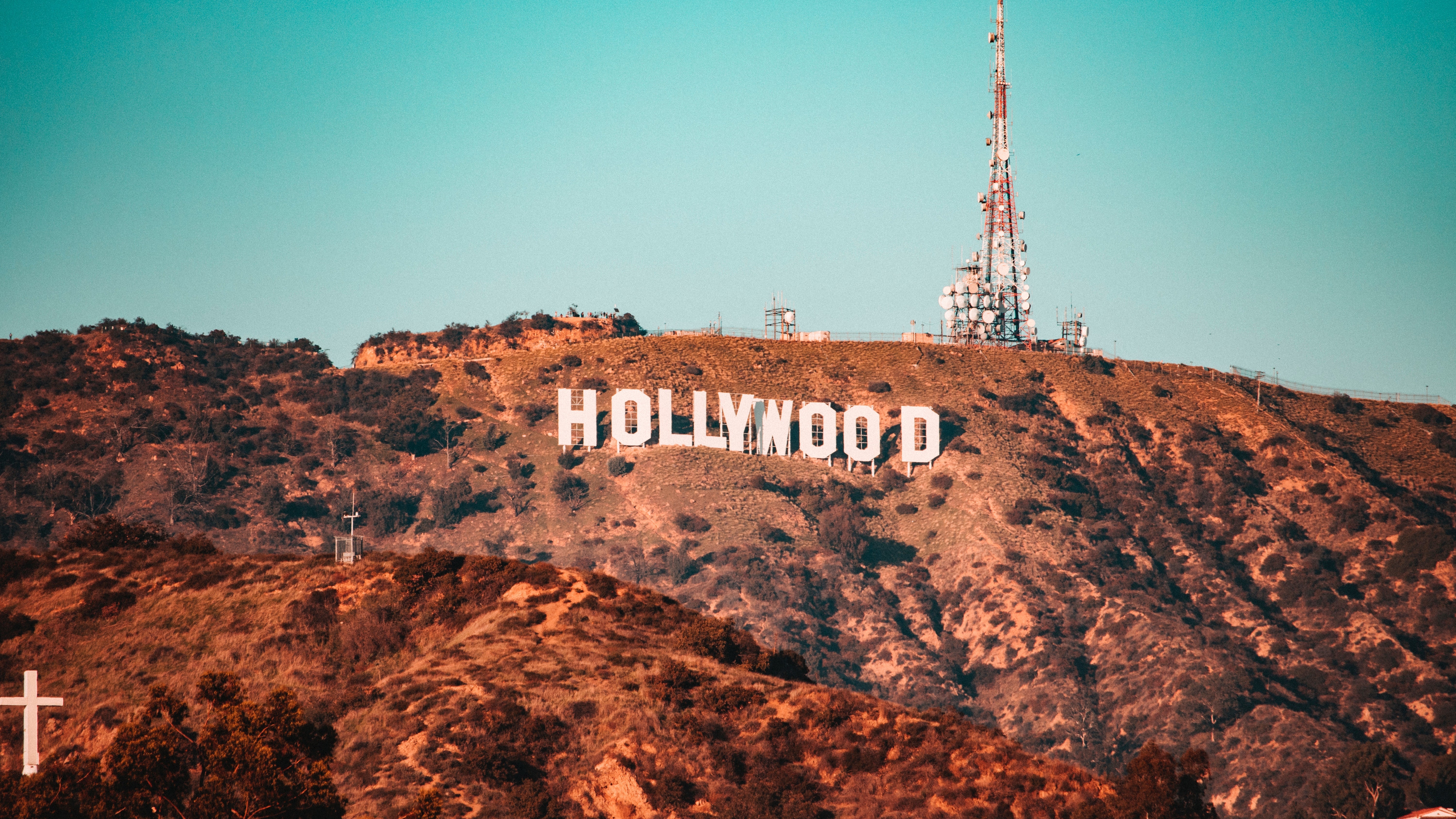
9. **The Hollywood Walk of Fame: Immortalizing Legends Underfoot**Hollywood’s glittering legacy is etched into the sidewalks of its famous thoroughfares: the Hollywood Walk of Fame. Created in 1958 as a tribute to artists and contributors, this iconic stretch of terrazzo and brass stars officially opened on February 8, 1960, offering a unique connection to luminaries.
Stretching from Hollywood and La Brea Gateway to Gower, and along Vine Street, the Walk forms a glittering constellation. While associated with film, it proudly represents the full spectrum of entertainment. A notable concentration of musical greatness, including “each of the Beatles, plus Buddy Holly, Roy Orbison and Neil Diamond,” is found at the Capitol Records Building on Vine.
The Walk of Fame is more than a tourist attraction; it’s a sprawling, open-air museum celebrating Hollywood’s creative forces. It continuously honors those who entertained and inspired generations, ensuring their names and legacies are literally set in stone for posterity, a permanent record of artistic achievement.

10. **Grauman’s Chinese Theatre: A Grand Palace of Cinematic History**Few venues embody Hollywood cinema’s grandeur like Grauman’s Chinese Theatre. Opened in 1927 by Sid Grauman, this architectural marvel quickly became a premier destination, hosting countless movie premieres. Its opulent, Chinese-inspired design and majestic presence on Hollywood Boulevard transport visitors to a golden age.
Beyond its stunning facade, the forecourt holds a unique tradition: hand and foot imprints of approximately 200 Hollywood stars. This hallowed ground, often “choked with snap-happy tourists,” offers an intimate, playful connection to legendary figures, a whimsical yet reverent way to immortalize their indelible mark.
While its footprint garden is a major draw, the theatre boasts an impressive IMAX screen, the “third-largest movie screen in the continent,” providing unparalleled viewing. Visitors are encouraged to opt for the main theater, “Auditorium 7,” ensuring full appreciation of the historic ambiance and state-of-the-art presentation, an unforgettable cinematic destination.
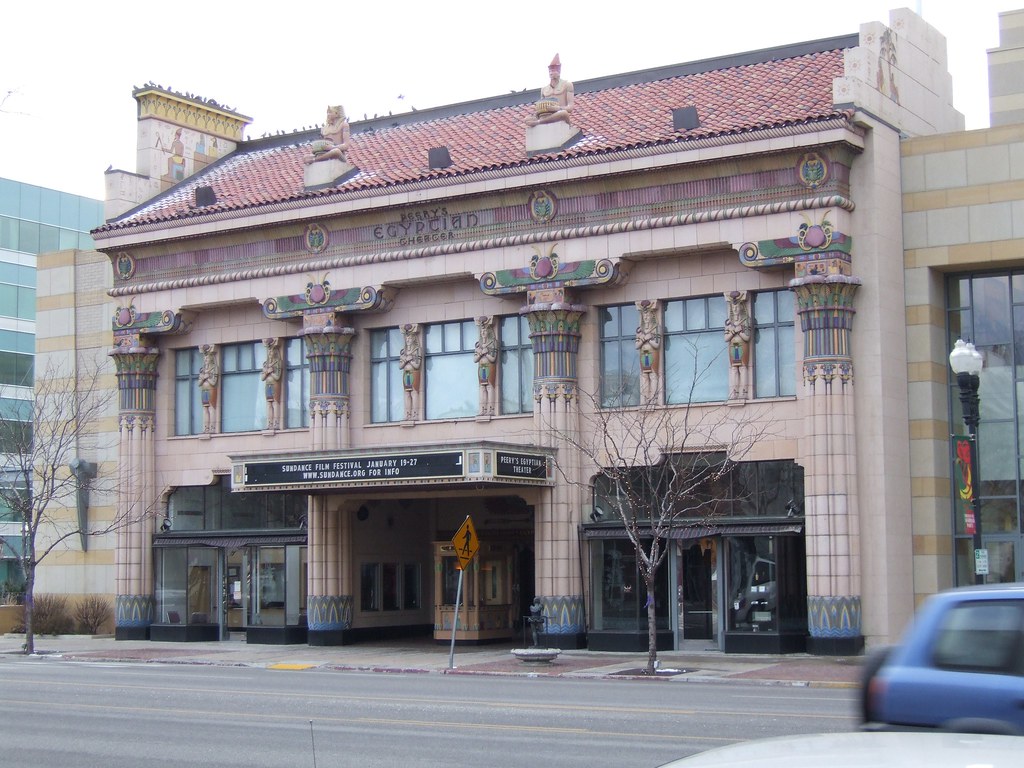
11. **The Egyptian Theatre: Hollywood’s First Premiere Palace Reborn**A significant cornerstone of Hollywood’s cinematic heritage is the Egyptian Theatre, sister venue to the Chinese and El Capitan. Built by Sid Grauman, its legacy is etched as the site of the first-ever Hollywood premiere, cementing its status. Esteemed for beauty, it’s recognized as one of the “most beautiful cinemas in the world.”
The theatre underwent faithful restoration by the American Cinematheque in 1998, preserving its splendor for contemporary programming. The non-profit curated classic/cult films and hosted Q&As with legendary filmmakers, keeping it a vibrant hub.
Recently, Netflix acquired the building, overseeing a three-year restoration. Under new stewardship, it serves a dual purpose: Netflix uses it for premieres/special events on weekdays, while the American Cinematheque programs films on weekends, blending its past with a dynamic future.
The 516-seat auditorium is a technical marvel, outfitted to screen digital, 35mm, 70mm, and even nitrate prints—a rarity used in only “four other theaters in the country.” This dedication ensures its vital role in preserving cinema’s magic.
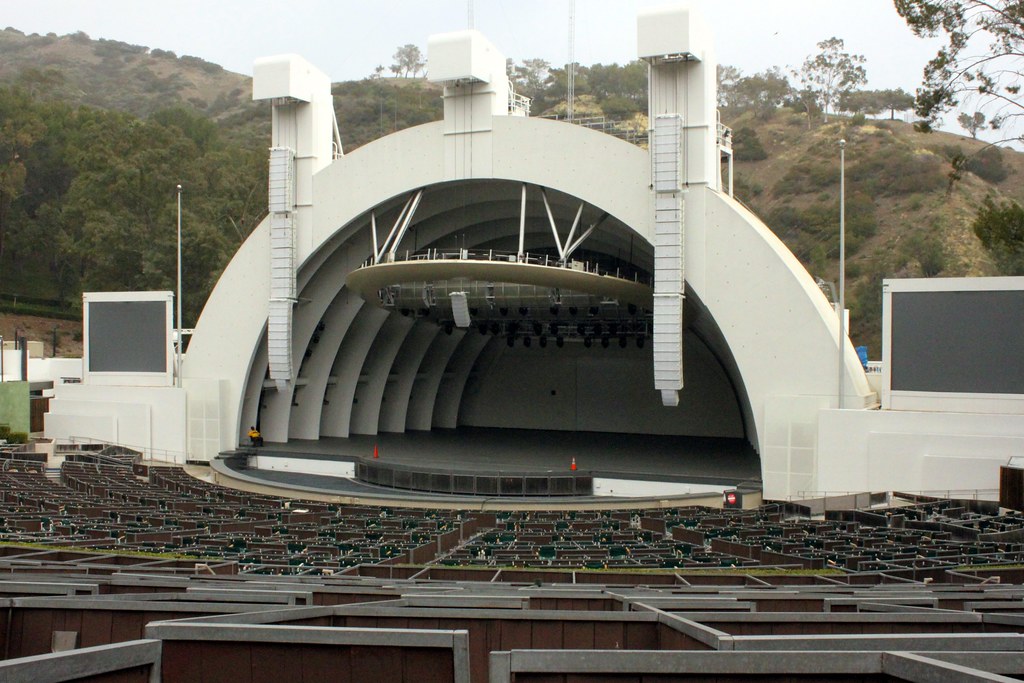
12. **The Hollywood Bowl: A Symphonic Gem in the Hills**Nestled gracefully within an “aesthetically blessed fold in the Hollywood Hills,” the Hollywood Bowl is a gorgeous outdoor amphitheater, a symbol of Los Angeles’s vibrant cultural scene. Its legacy began in 1922 when the LA Philharmonic first played, and it’s since welcomed “the Beatles to Madonna to John Williams,” affirming its global musical landmark status.
With its impressive “18,000-seat venue,” the Hollywood Bowl’s unique charm “brings out the romantic.” It’s the summer home of the LA Phil, offering enchanting evenings under the stars, often accompanied by “boozy picnics.” Beyond concerts, it doubles “as a public park” when no performance is scheduled.
For visits, policies are key: “bring your own alcohol for LA Phil–presented shows,” but “not allowed for lease events.” Given limited “parking spots,” guests are advised to “opt for a shuttle instead,” ensuring a smooth journey to this magnificent setting, a testament to Hollywood’s commitment to grand experiences.
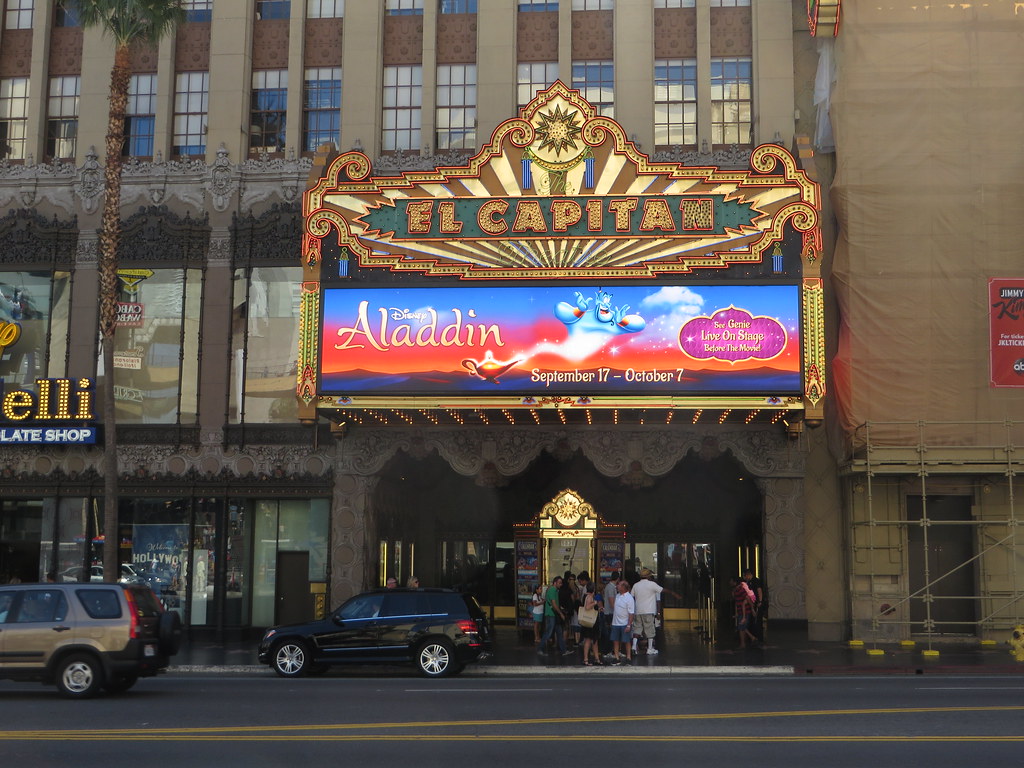
13. **El Capitan Theatre: A Disney Dreamscape of Grandeur**The lavishly built El Capitan Theatre, opened in 1926, is an architectural jewel from Hollywood’s golden age, a testament to opulent entertainment spaces. Originally host to premieres like Orson Welles’s “Citizen Kane,” this grand establishment now enchants audiences with Disney’s cherished features and classics.
Stepping into El Capitan is entering a preserved dreamscape, where Disney magic is amplified by historic grandeur. While “tickets are indeed pricier,” the enhanced experience justifies the cost. One can “dine at a classic soda fountain” or be captivated by a “2,500-pipe Wurlitzer organ played before the feature presentation.” Downstairs, “see props and costumes.”
El Capitan is more than a cinema; it’s an institution celebrating storytelling and animation in unmatched elegance. Its blend of historical reverence and contemporary appeal ensures it contributes significantly to Hollywood’s aspirational lifestyle, offering a uniquely magical experience for enthusiasts and families alike.

14. **The Hollywood Roosevelt Hotel: A Historic Haven of Elegance**Steeped in a century of glamour, the Hollywood Roosevelt Hotel, opened in 1927, stands as a historic haven, epitomizing the luxurious and aspirational lifestyle. This architectural gem, witness to cinematic history, offers a sophisticated retreat where classic elegance meets contemporary allure.
Within its storied walls lies the “Spare Room,” an exquisite bar on the second floor harking back to another era. Patrons indulge in “cleverly named cocktails and understated classics” while enjoying an “antique, two-lane bowling alley.” Details like “George Esquivel–designed bowling shoes” curate refined leisure.
The hotel’s grandeur extends to its “historic lobby,” an opulent space inviting guests to “sit for a spell,” absorbing the ambiance of generations of stars. Just beyond, the “Tropicana Bar and the pool” offer an outdoor oasis, distinguished by a vibrant “mural by artist David Hockney himself,” blending artistic prestige with poolside luxury.
The Hollywood Roosevelt is more than a place to stay; it’s a meticulously preserved piece of Hollywood’s soul, offering a curated experience of bespoke elements and artistic vision. It continues as a vibrant center for social life and sophisticated entertainment, embodying high-end living and exquisite design hallmark of this iconic neighborhood.
These architectural marvels and iconic landmarks, from early visions to modern grandeur, weave the rich tapestry that is Hollywood. Each site, whether a grand estate, bustling studio, or stage for global premieres, tells a unique story of design innovation, cultural impact, and artistic excellence. They stand as enduring testaments to a district that not only births dreams on screen but also meticulously crafts the spaces where those dreams come to life, solidifying Hollywood’s unparalleled legacy as an epicenter of aspiration, luxury, and timeless design.



